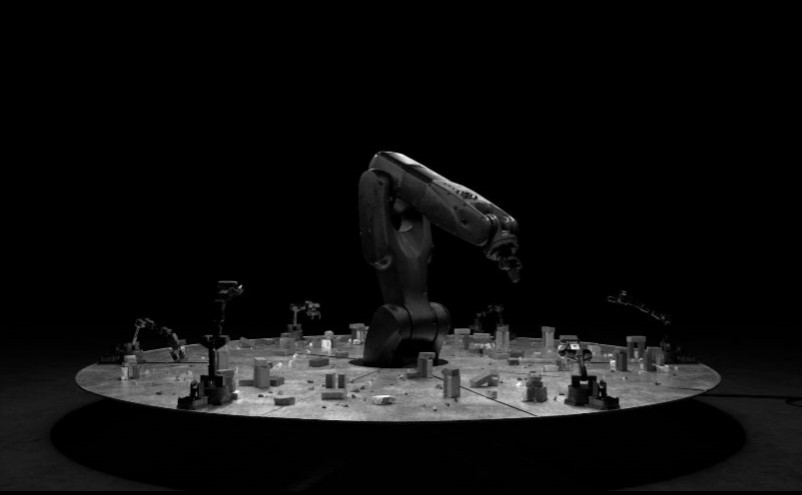When Machines Learn to Dance
When logistics turns into choreography and robots begin to dance, a new language emerges: the language of generative art. Between autonomous shuttles, artificial intelligence, and phygital installations, Creative Robotics tells the story of where industry meets technological poetry — where machines don’t just execute, they create.
WEB 3
Stefano Aetherius
10/6/20252 min read


Creative Robotics: When Machines Begin to Dance Sixteen robotic shuttles moving in unison across 8,000 square meters. Manuel Citti, Logistics Manager at Essity, calls it "a nice little game." Yet we're witnessing a significant paradigm shift: industrial robotics crossing into generative art. The autonomous shuttles dance guided by artificial intelligence that assigns missions. Once a mission is completed, the color changes from blue to green. Simple? Not quite. The "Digital Twin" managing all this is an immersive world where the interplay of colors and movements tells stories. Green means everything's running smoothly, red signals critical issues. The flow of pallets seems to come alive, becoming a narrative similar to a contemporary art installation. Then there's MyHydra, the system developed by Next that changes the rules of the game. Michele Capitani, an entrepreneur from the Marche region, explains it this way: "You ask a question and the AI responds by drawing from the data on your server." Think about what this all means: robots that can dialogue with the audience, where AI behaves and responds based on the emotions in the room—a true phygital installation that blends atoms with bits. The interesting news? Thanks to technological advancement, these productions can now be carried out even by small companies. The Omnia project brought together five small businesses from the Marche region that today have access to advanced automation. Using open-source software, local data managed through decentralized control. What's happening in Essity's warehouses isn't "just" logistics. It's generative art in real time. The algorithms learn, improve, and become increasingly performative. They create choreographies shaped by data and movements, phygital heartbeats pulsing in real time. The future of art doesn't distance humans from machines. It makes them collaborate. Human creativity combined with artificial intelligence creates new expressive forms that we still need to fully absorb and understand, being part of the current postmodern era. Future Maastricht with its concept is mapping this territory. Bringing together technological automation with artistic experimentation. Robots serving coffee, creating a near future close to current reality, but one the world isn't yet ready for. We're inside it, documenting what happens when technology stops being merely a tool and becomes a language.
© All right reserved Future Maastricht Museum 2025
